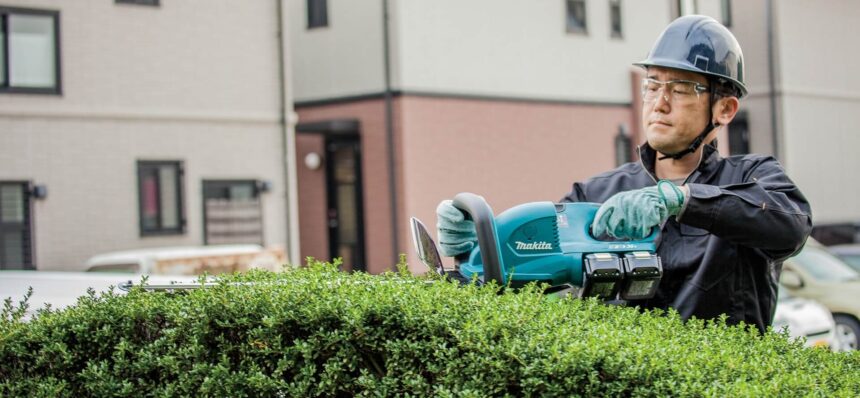Equipment Compliance – Historical Safety Reflections
Without steadfast standards of agreement, the concept of equipment compliance would have to rely on the precepts of individual contractors. Such a mindset would kick the concept of workplace safety back to the standards of the pre-1900s, a time when activities pertaining to occupational safety and health fell beneath the responsibility of the U.S. Bureau of Labor Standards. It was a time in 1877 when Massachusetts passed the first U.S. safety and health legislation. It was a time in 1903 before the Bureau of Labor began to release detailed information concerning occupation-related illnesses and fatalities. And it was a time when Dr. Alice Hamilton traveled the nation setting focus on the dangers associated with “led smelters, storage battery plants and other types of workplaces” (U.S. Department of Labor, “Reflections on OSHA’s History).
The early years of tracking jobsite safety focused mostly on study, surveys and reporting. But in 1911, Dr. Hamilton, currently accepted as the founder of industrial medicine in America, released the “Federal Survey,” a document that prompted the state of Illinois to establish state laws concerning safety measures in Illinois work places. This opened the doors and by 1930 all U.S. states had adopted similar types of government-sanctioned safety measures.
Yet the actual legalization of the Occupational Safety and Health Act did not become law until December 29, 1970. It was a time when yearly reported occupational fatalities tapped near the top of the 14,000 mark. Likewise, job-related disabilities came in at plus 2.5 million per year. Reports also suggested that workers experienced job-related illnesses at a rate of over 300,000 per year.
Compare the change to modern day workplace safety performance. According to the Bureau of Labor Statistics department report, “National Census of Fatal Occupational Injuries In 2016,” work-related fatal injuries in that reported topped out at 5,190 (Bureau of Labor Statistics, “National Census of Fatal Occupational Injuries In 2016). Take these figures with an eye toward the massive increase in people and workforce between 1970 and 2017. Can anyone declare OSHA unsuccessful?
PPE Requirements: Is Your Equipment In Compliance?
In order to seal the importance of equipment compliance, please note that the 2016 BLS fatality report motes a current yearly increase in workplace incidents dating back to 2009 and into 2016. Perhaps contractors get accustomed to OSHA PPE standards such that they get lax on follow-up and practical procedures. Many documents report that personal protective equipment trim down employee exposure to health and safety hazards. Yet there is error in this statement:
If unused or permitted to slip out of compliance, PPE safety components cannot help your company promote better workplace safety. To keep PPE safety equipment in compliance, contractors must:
- Match PPE requirements to the workplace environment
- Establish a project-specific focus and expectation
- Document compliance requirements
- Establish schedules for inspection, updating and replacing PPE safety gear as necessary
- Craft and deliver daily construction safety Toolbox talks
- Monitor and document workforce compliance
- Collect, document and audit the entire process.
- AND MORE.
Ensuring equipment compliance gets complicated. It requires reliable access to real-time data, rapid notification of impending compliance failure, and some method that permits a merging of all the necessary components. Assignar software for construction contractors provides the tools you need to ensure equipment compliance.
Learn more. Read “Following PPE Requirements – What to Do When Employee’s Do Not Comply.”





